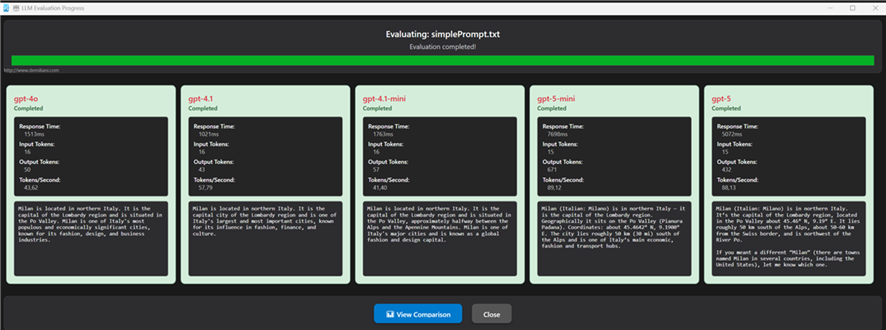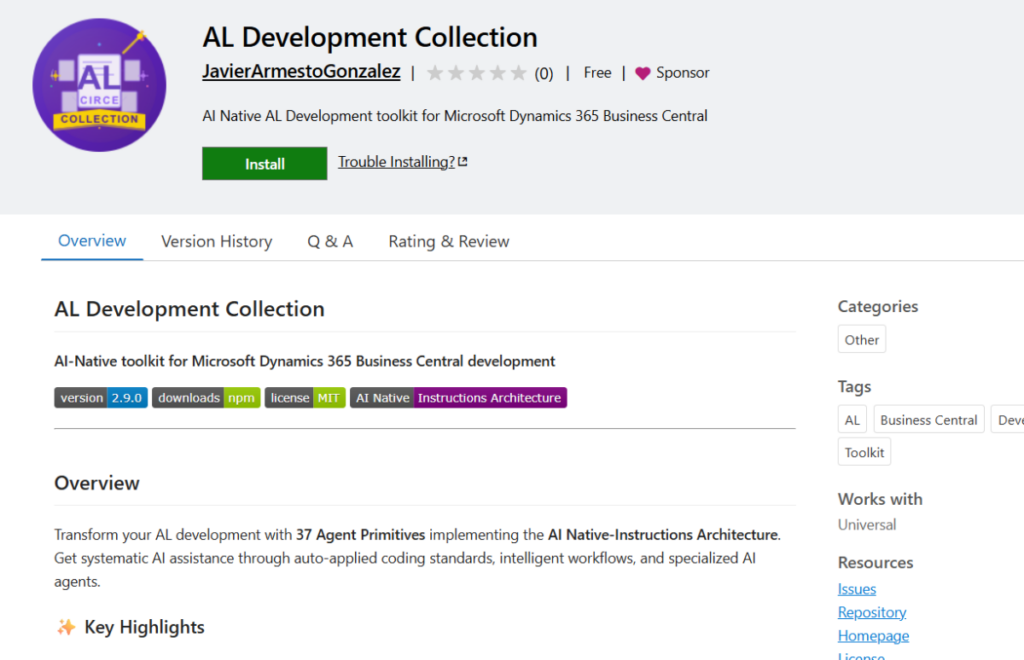Now Reading: Dynamics 365 Business Central on-premises and SQL Server 2025.
-
01
Dynamics 365 Business Central on-premises and SQL Server 2025.
Dynamics 365 Business Central on-premises and SQL Server 2025.

Yesterday Microsoft announced the general availability for SQL Server 2025.
This new edition brings important changes for partners and customers running Dynamics 365 Business Central on-premises. Here I want to share a quick overview of why this is an important new SQL release to consider for running your on-premises Business Central environments.
New Standard Edition limits
The new SQL Server 2025 Standard Edition now supports up to 32 CPU cores and 256GB RAM (previously the limits was max 24 core and max 128 GB of RAM). This is a big improvement and probably one of the main immediate benefits you can adopt for your on-premises instances (give SQL as much more RAM as possible!).
Improvements on clolumnstore indexes
In SQL Server 2025, new improvements on ordered nonclustered columnstore indexes will improve query performance in real-time operational analytics.
Now an ordered columnstore index (either clustered or nonclustered) can now be created or rebuilt online and when an ordered clustered columnstore index is built online, the sort algorithm uses tempdb instead of sorting the data in memory. This can improve performance of queries using the index. However, index build might take longer because of the additional I/O required for going to tempdb.
Optimized locking and query optimization improvevements
SQL Server 2025 has an improved locking management, reducing latency and increasing performance for concurrent transactions.
A new feature called Optional Parameter Plan Optimization (OPPO), allows SQL Server 2025 to choose an optimal execution plan based on runtime parameters. This can reduce issues associated with parameter sniffing and ensure more stable and predictable performance in complex queries.
Persistent statistics on secondary replicas
With SQL Server 2025, statistics are now preserved on secondary replicas, even after a restart or failover. This ensures more stable performance and reduces the risk of sudden performance issues, as the database no longer needs to rebuild the statistics from scratch after a failover.
AI ready from the base
If you’re doing AI projects, now you can invoke AI endpoints using the new sp_invoke_external_rest_endpoint. It also adds new vector data type, vector functions, and vector search objects.
Mirroring with Fabric
SQL Server 2025 now supports mirroring using a “change feed” capability to read committed transaction log changes and push them automatically to Microsoft Fabric OneLake in Delta parquet format.
Upgrade to SQL Server 2025
SQL Server 2025 supports in-place upgrades from SQL Server 2014 or later.
Remember also that SQL Server 2016 will reach end of support in 2026 so this is a great time to consider an upgrade.
Original Post https://demiliani.com/2025/11/19/dynamics-365-business-central-on-premises-and-sql-server-2025/















